If anything, marine aquarists are familiar with the flatheads of the genus Platycephalus. There are 17 species, P. indicus, which can be easily recognized by its black and white stalked caudal fin, is the best known and most common species. It is found in large parts of the Indo-West Pacific and the Red Sea. The fish has also migrated to the Mediterranean Sea through the Suez Canal.
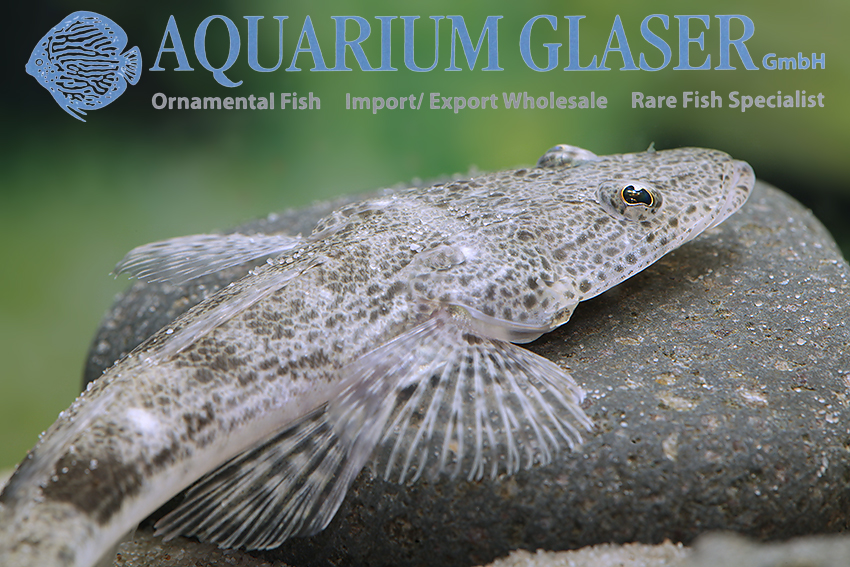
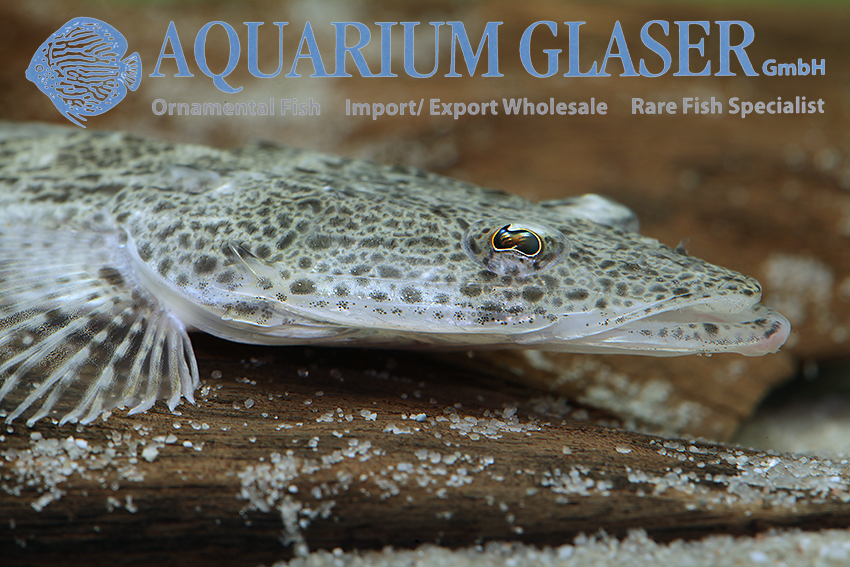
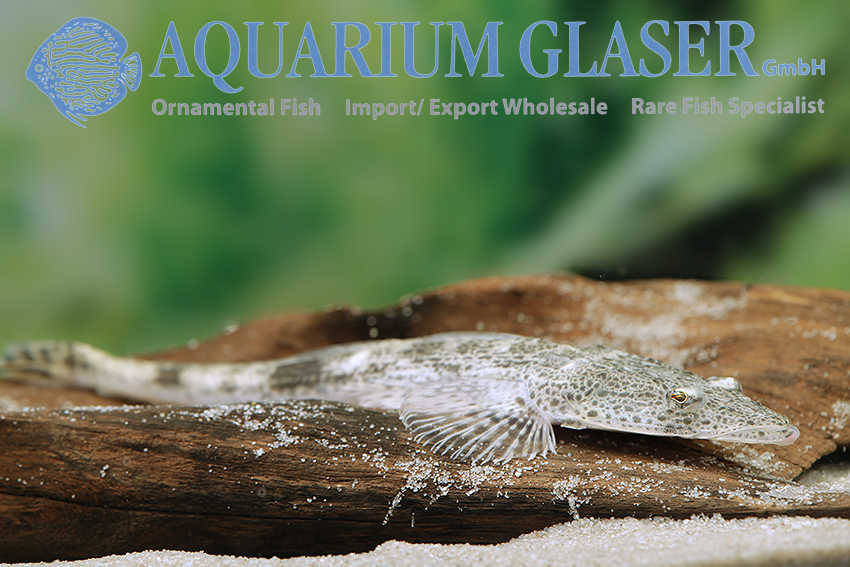
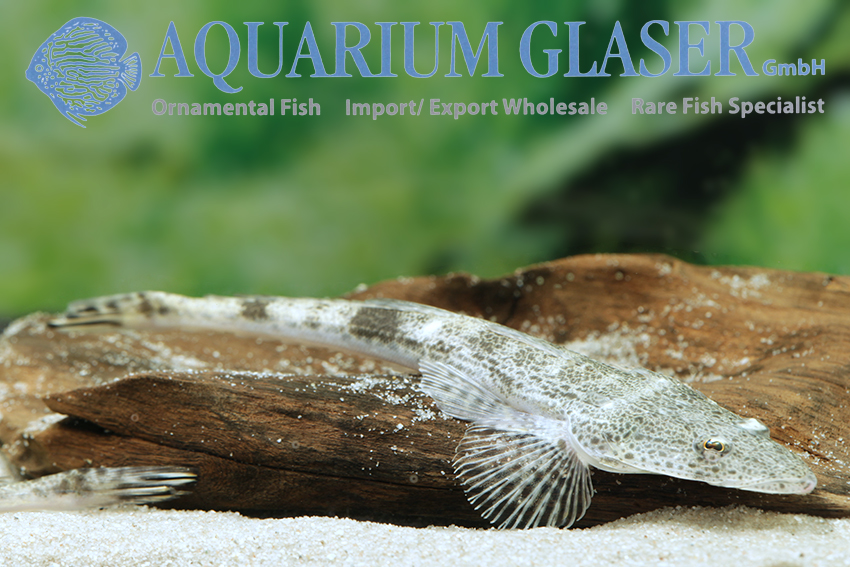
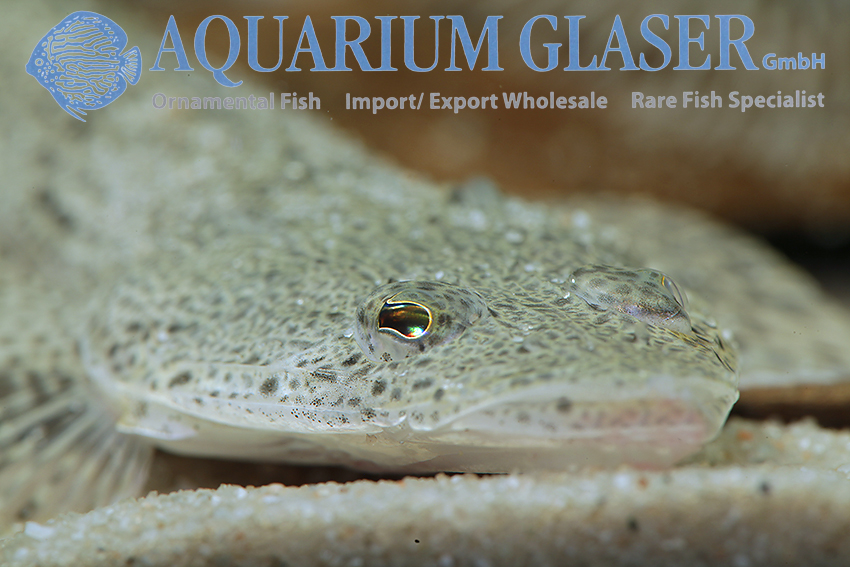
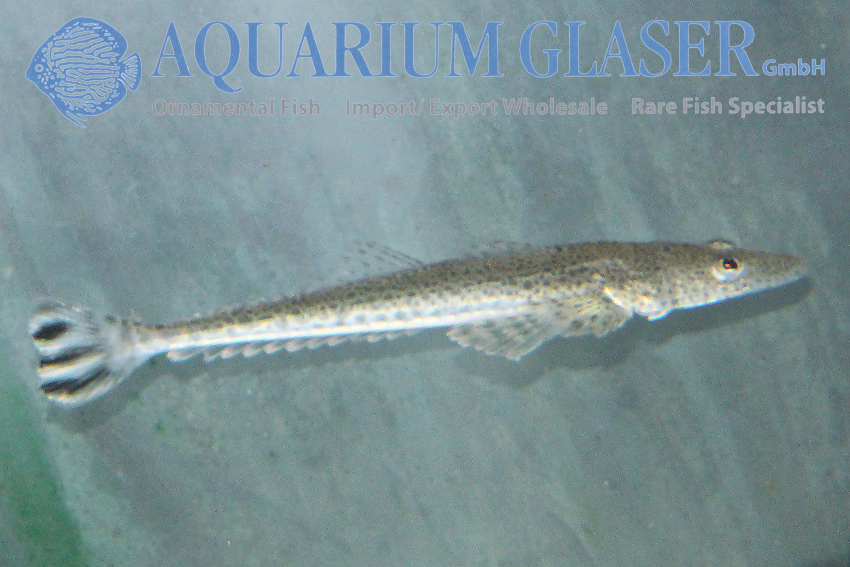
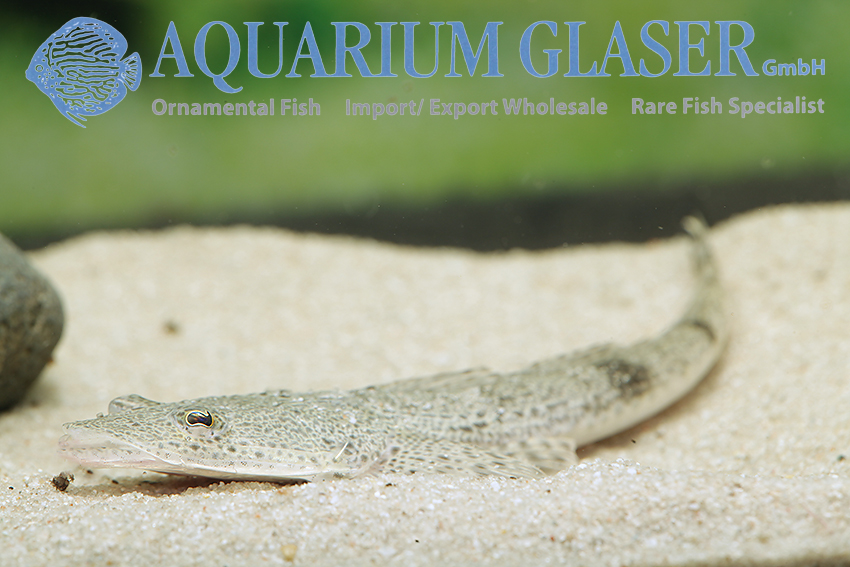
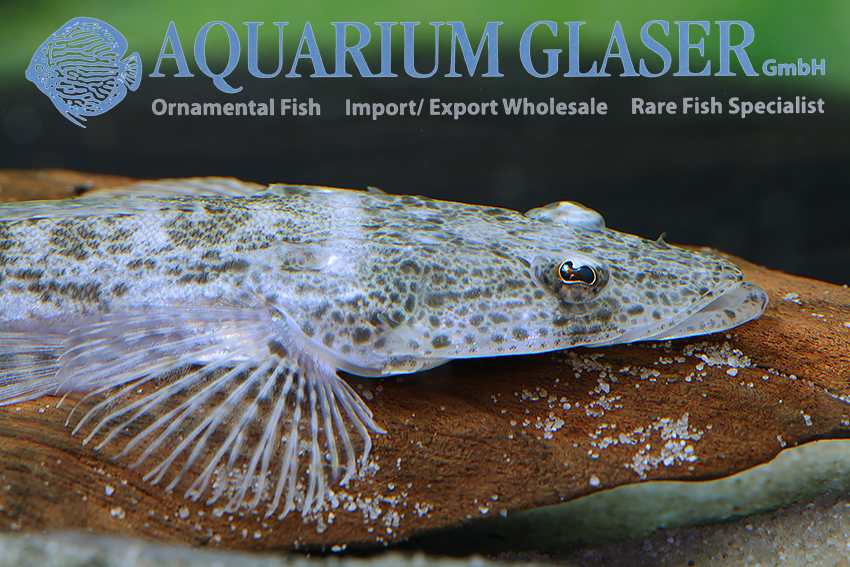
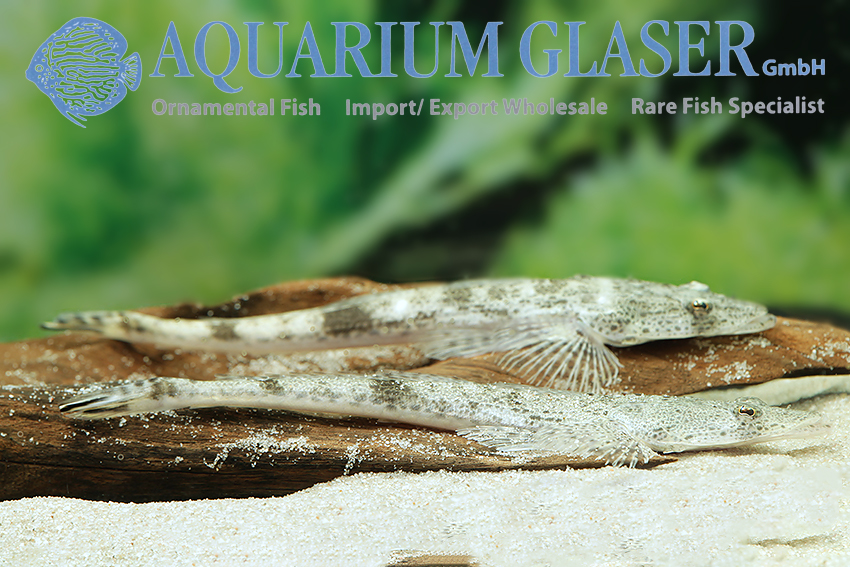
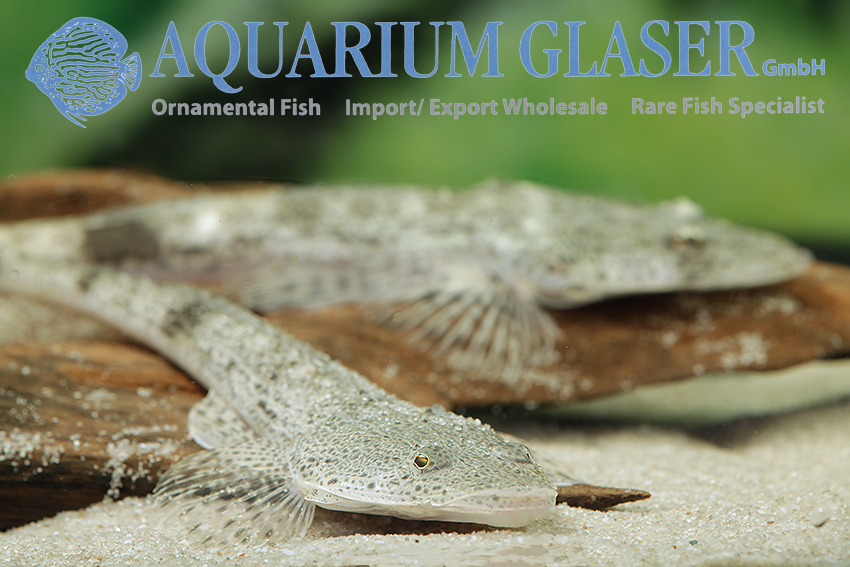
Platycephalus indicus is thus a marine fish, but juveniles are occasionally caught in freshwater, including the specimens we currently offer, obtained from the lower reaches of the Hooghly River in Bengal. We maintain the animals at a salinity of 5 g salt/liter (seawater has a little over 30 g salt/liter). This is obviously good for them and they eat excellently. However, one must be aware that long-term care is only possible in strong brackish water or seawater. Platycephalus indicus grows to about 100 cm in length, so it is not a small fish, even though the normal average length of the popular food fish is “only” about 50 cm.
Platycephalus indicus are obligate predatory fish. We are glad that they eagerly eat live white mosquito larvae, but in the long run they must be accustomed to eating whole fish. Since P. indicus are not particularly shy, we think that after habituation they will eat well from tweezers. Among themselves the animals are peaceful, they hardly take notice of other fish species. An aquarium for Platycephalus should have as large a bottom area as possible. Sand should be chosen as substrate. Planting is not necessary. The water temperature can be between 18 and 28°C. When keeping them in fresh water you have to pay attention to the pH-value, which should not drop below 8.
We have also made a small film about these fish, which you can watch here: https://www.youtube.com/watch?v=Wksku16nN7g.
For our customers: the animals have code 443702 on our stocklist. Please note that we only supply wholesale.
Text & photos: Frank Schäfer




